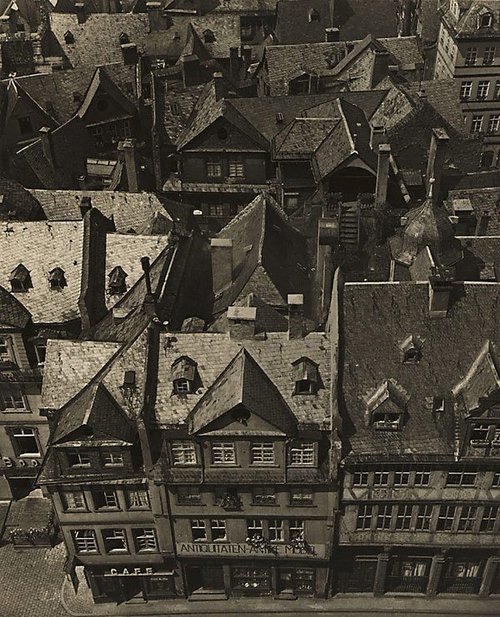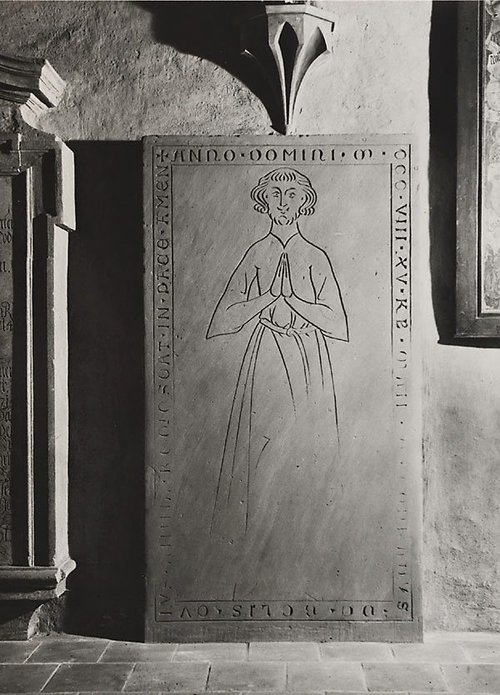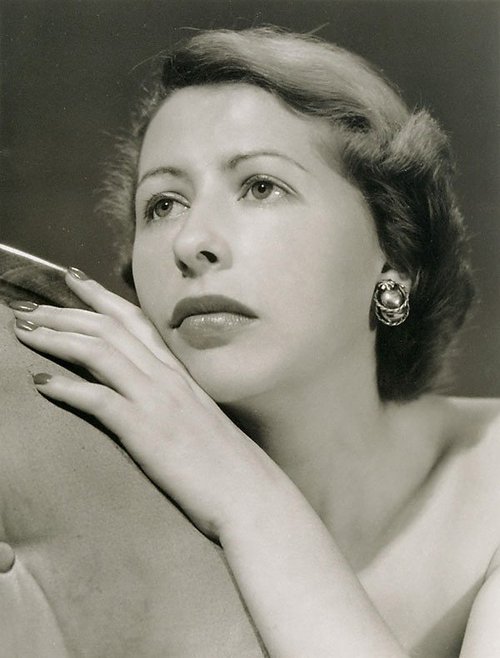Title
Miner in forward lode, North Mine, Broken Hill, NSW
1959, printed later
Artist
-
Details
- Date
- 1959, printed later
- Media category
- Photograph
- Materials used
- type C photograph
- Dimensions
- 50.6 x 40.5 image/sheet
- Signature & date
Not signed. Not dated.
- Credit
- Purchased with funds provided by the Photography Collection Benefactors' Program 2011
- Location
- Not on display
- Accession number
- 329.2011
- Copyright
- © Estate of Wolfgang Sievers/Copyright Agency
- Artist information
-
Wolfgang Sievers
Works in the collection
- Share
-
-
About
Upon arriving in Melbourne from Germany in 1938, Wolfgang Sievers sought out work in the advertising world but was quickly disenchanted with the taste of his clientele. Deeply grounded in the Bauhaus aesthetic movement through his studies at the Contempora School of Modern Applied Arts in Berlin, it is perhaps not surprising that Sievers quickly turned to industrial and architectural photography in search of thoroughly modern images and subject matter.
‘Australian Paper Pulp Mills, Burnie, Tasmania’ 1956 & ‘Miner in forward lode, North Mine, Broken Hill, NSW’ 1959 date from a period of rapid industrial progress that had a transformative impact on the Australian economy and culture. Sievers was enlisted by the government and the corporate sector to document these changes. Believing that ‘work dignified man’, the photographer placed a particular emphasis on the role of the worker in the human/machine relationship.1 This bond is presented as harmonious and almost effortlessly symbiotic in Sievers’s meticulously composed and choreographed photographs, such as these. ‘Australian Paper Pulp Mills, Burnie, Tasmania’ is taken at night so that Sievers could control the working conditions and ‘shape’ his images out of darkness. Here the photographer is concerned with emphasising the beauty and heroism of labour by turning these scenes into dramatically charged set-pieces.
Sievers’s camera becomes a tool of transformation. The inherent visual elements of a particular site – such as the sparkling ore surrounding the miner – are enhanced with filters and multiple light sources to create a dazzling spectacle not often associated with industrial sites such as these.
1. Jorge Calado, ‘Life line: the photography of Wolfgang Sievers 1933-1993’, Camara Municipal de Lisboa, 2000, p 42
-
Bibliography
Referenced in 2 publications
-
Jorge Calado, Life line: the photography of Wolfgang Sievers 1933-1993, 2000, 122 (illus.).
-
Wolfgang Sievers, Wolfgang Sievers, 1998, 65 (illus.).
-




